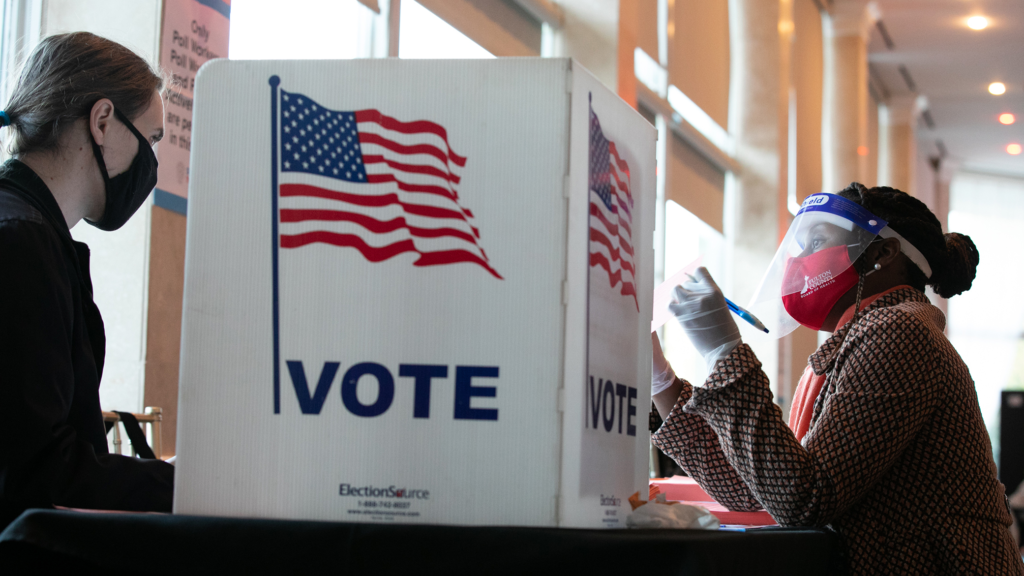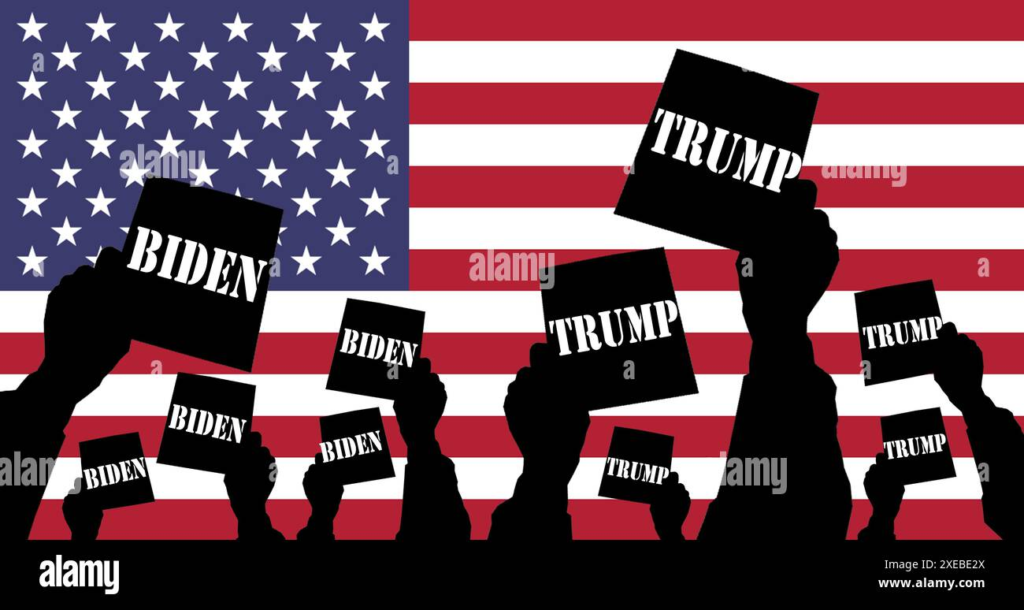Independents in elections are playing a bigger role than ever before. Once considered political outsiders, independent voters now represent a large and growing portion of the American electorate. At the same time, independent candidates are challenging the traditional two-party system and pushing for reforms that could reshape how elections work in the United States.
As more Americans move away from identifying strictly as Democrat or Republican, independents are becoming a key group to watch in every election. Their decisions can swing races, drive political change, and even influence how parties select their candidates. This article explores who these voters are, how they influence elections, and what the future might hold for independents in U.S. politics.
Who Are Independent Voters?
Independent voters, also known as unaffiliated or nonpartisan voters, are individuals who choose not to register with either the Democratic or Republican Party. This does not mean they lack political opinions. In fact, many independents hold strong beliefs and vote regularly, but they prefer not to be tied to one party.
Today, independents make up roughly 40% of the American electorate, according to polling data. This number has grown over the past few decades, especially among younger voters. Many people are frustrated with partisan politics, and independents reflect a desire for more open, balanced conversations about issues that matter.
Independent voters are not a single group with one set of beliefs. Some lean left, others lean right, and many switch based on the candidate or issue. They often prioritize specific topics such as healthcare, the economy, education, or climate policy over party loyalty.

Why Independents in Elections Voters Matter
Swing Voters in Key Races
One of the biggest reasons independents are important is because they can decide the outcome in closely contested elections. In swing states and competitive districts, where Democrats and Republicans are evenly matched, independent voters often tip the balance.
Presidential elections, in particular, are heavily influenced by how independents vote. Candidates from both parties work hard to win them over, tailoring messages to appeal to centrist values and common-sense policies.
A Call for Change
Independents also represent a larger frustration with the current state of politics. Many people who identify as independent do so because they feel neither party speaks for them. This group is calling for a new kind of politics—one that is less focused on partisanship and more focused on results.
The growth of independents signals a shift in how Americans want their government to function. Voters want solutions, not political fights. As independents continue to grow in number, they are forcing both major parties to rethink their strategies.
Independent Candidates: Challenges and Opportunities
While independent voters are gaining influence, independent candidates still face many challenges. The U.S. political system has long been dominated by two major parties, and the rules are often designed to protect that structure.
Barriers to Ballot Access
Getting on the ballot is one of the first and hardest steps for an independent candidate. Unlike Democrats and Republicans, who have built-in access in most states, independents often need to gather thousands of signatures just to be included in an election.
Each state has its own requirements, and some are more difficult than others. These rules make it hard for independent candidates to compete on a level playing field.
Funding and Visibility
Another challenge is fundraising. Without the support of a major party, independents often rely on small donations and grassroots campaigns. This can make it harder to reach voters through advertising, events, and media coverage.
Despite these barriers, some independent politicians have found success. Senators like Bernie Sanders (Vermont) and Angus King (Maine) have been elected without formal party backing. These wins show that, under the right circumstances, independent candidates can break through.
Why More Americans Are Leaving Parties
The rise of independents is part of a broader trend in American politics. Over the last few decades, more people have moved away from identifying with a political party. There are several reasons for this shift.
Political Polarization
The growing divide between Democrats and Republicans has left many voters feeling alienated. When parties move toward their extremes, voters in the middle often feel like they no longer belong.
Lack of Trust
Scandals, partisan gridlock, and broken promises have led to a decline in trust in political institutions. Many people believe that party leaders care more about winning than about solving real problems.
Focus on Issues Over Identity
Younger generations, especially Millennials and Gen Z, are more likely to focus on specific issues rather than party identity. They are used to gathering information from a wide range of sources and are less likely to follow a party line.
The Problem with Closed Primaries
One area where independents have limited power is in primary elections. In many states, primaries are closed, meaning only registered party members can vote. This prevents independents from having a say in who the final candidates will be.
Some states have started to adopt open or semi-open primaries, which allow independents to participate. Others are experimenting with nonpartisan primaries, where all candidates run in a single race, and the top two vote-getters—regardless of party—move on to the general election.
Allowing independents to vote in primaries could have a big impact, especially in local and state elections. It would give more people a voice and reduce the influence of party extremes.
Can Independents Break the Two-Party System?
The idea of creating a successful third party or replacing one of the major parties is appealing to many, but difficult in practice. The two-party system is deeply rooted in American politics and supported by laws, funding systems, and political traditions.
However, change is not impossible. Reform efforts like ranked-choice voting, campaign finance transparency, and nonpartisan redistricting aim to create a more open and fair system.
New political movements and independent candidates may not replace the two major parties anytime soon, but they can push for accountability and innovation within the current system.

Examples of Independent Influence
In recent elections, independents have played a critical role. In the 2020 presidential race, Joe Biden gained strong support from independent voters in swing states, which helped secure his victory. In 2016, Donald Trump also drew significant support from independents who felt disconnected from the political establishment.
At the state level, independent senators and governors have shown that success outside the two-party system is possible, especially when candidates focus on practical solutions and local concerns.
The Future of Independents in U.S. Elections
As more Americans turn away from party politics, the influence of independents will likely continue to grow. This shift could lead to major changes in how campaigns are run, how elections are structured, and how policies are shaped.
Candidates will need to focus more on real issues and less on party loyalty. Voters will demand transparency, integrity, and results. And the political system itself may need to adapt to reflect the growing desire for more choices and better representation.
Conclusion
Independents in U.S. elections are no longer a side note. They are a growing force that is changing the way elections are decided and how politicians govern. From influencing tight races to challenging the two-party system, independents represent a new direction in American politics—one that values people over parties and progress over partisanship.
Whether you’re an independent yourself or simply interested in the future of democracy, one thing is clear: independents are here to stay, and their impact is only getting stronger.
Do Follow USA Glory On Instagram
Read Next – The Role of the President in Foreign Policy Explained






